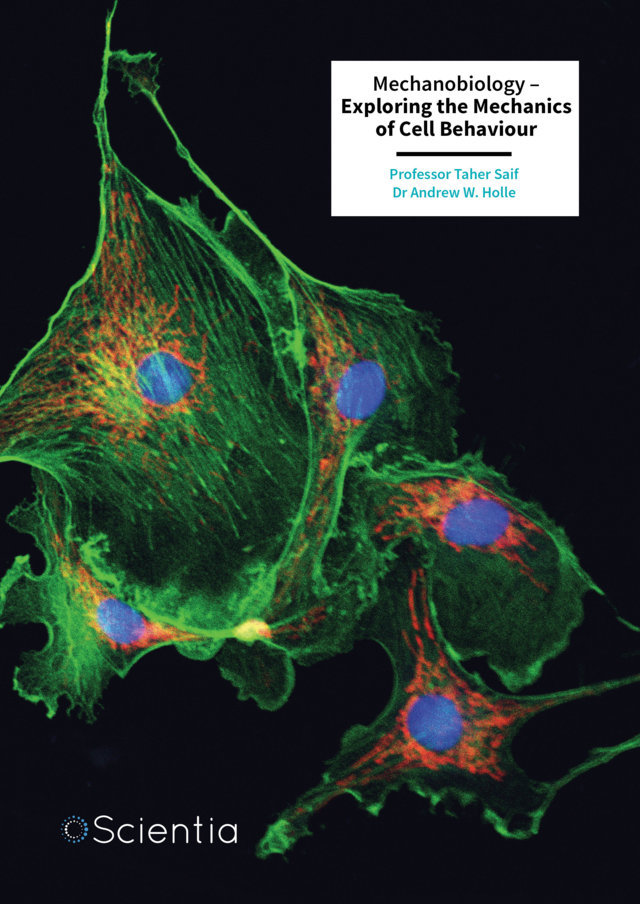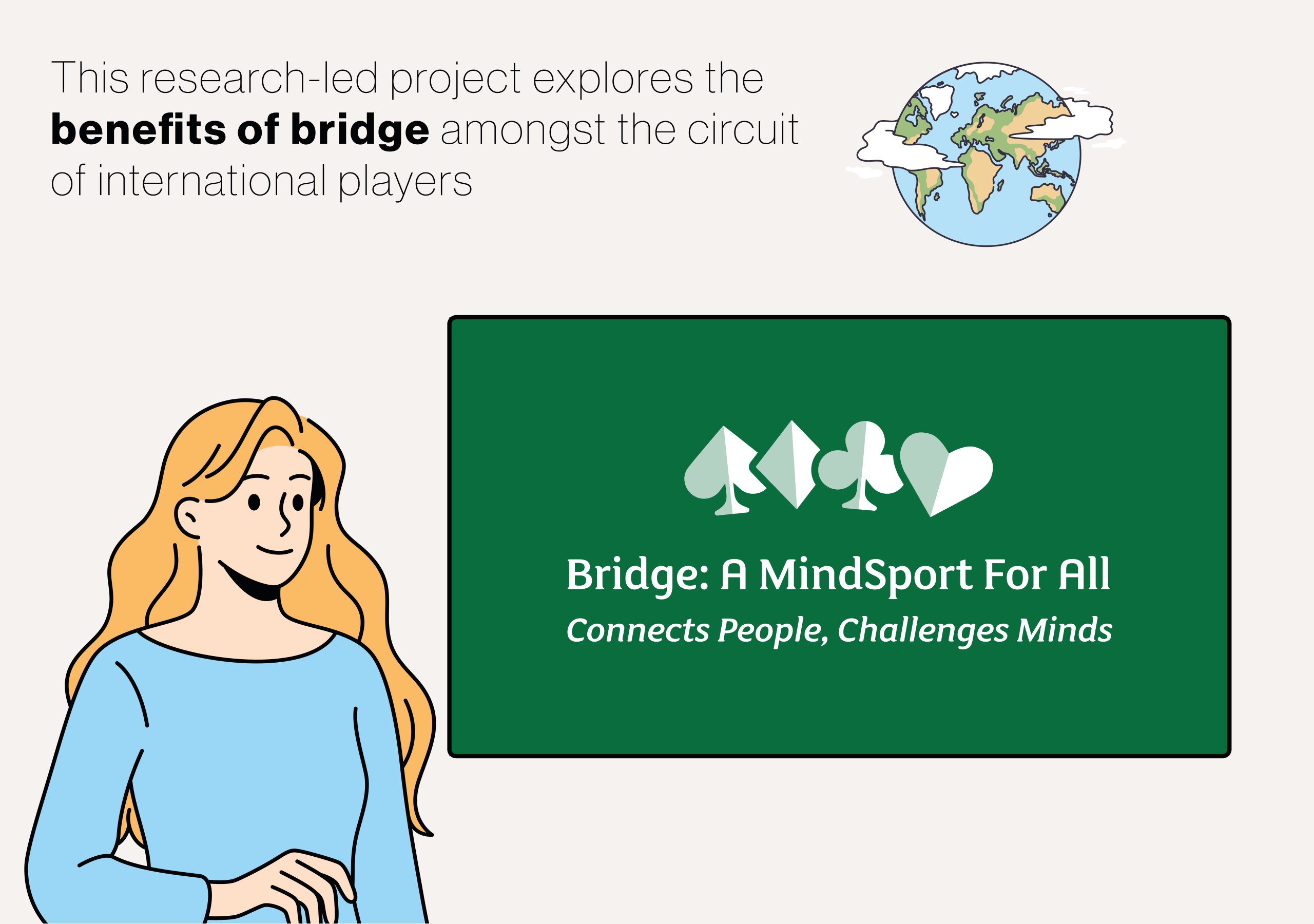Most of us never give much thought to the small artery that runs along the inside of our wrist, the radial artery. You can feel it easily if you press your fingers just below your thumb. Yet in modern medicine, this little vessel has become one of the most important gateways to the heart. Imagine a doctor threading a tiny tube, called a catheter, through the radial artery to reach your heart. This technique, called transradial access, has transformed modern cardiology. By entering through the radial artery, doctors can perform life-saving cardiac procedures with fewer complications, faster recovery, and even lower costs than older methods that went through the leg. Many people can even walk out of the hospital on the same day. Over the past two decades, doctors have increasingly chosen the radial artery as their entry point for procedures like angiography (imaging of the heart’s blood vessels) and angioplasty (opening blocked arteries). But there’s a catch: sometimes the artery rebels. It tightens suddenly, almost like a muscle cramp, gripping the medical instruments and making the doctor’s job harder. This is known as radial artery spasm (or RAS for short). In rare cases, the spasm is so severe that it traps the catheter or damages the artery wall. More
In a comprehensive review published in Diagnostics in 2024, Dr. Adrian Sebastian Zus of the Institute of Cardiovascular Diseases Timisoara, Romania, and his colleagues shed light on this underappreciated problem. They explain that RAS can occur in up to half of patients, depending on how it’s defined. For patients, it may feel like pain or pressure in the arm. For doctors, it can mean struggling with stuck catheters, longer procedures, or even, in rare cases, damaged blood vessels.
So why does the artery spasm? According to the researchers, it’s often a mix of body and mind. On the physical side, the radial artery is naturally rich in alpha-1 receptors, small protein structures that trigger blood vessel constriction under stress. Add to that the mechanical irritation of needles, wires, and catheters, and the artery often responds defensively. Smaller arteries, anatomical quirks, or repeated attempts at entry can all raise the risk. On the psychological side, anxiety plays a role, whereby nervous patients are more prone to spasm. Age, sex, and underlying health conditions such as diabetes or high blood pressure also factor in. Dr. Zus even notes that whether the wrist is on your dominant hand can make a difference, meaning that the artery in your “main hand” tends to be more reactive.
The good news is that doctors aren’t powerless. The Review highlights a toolkit of strategies to prevent or treat RAS. Some are technical, such as using smoother catheter sheaths with lubricants, smaller catheters, or mechanical compression of the arm with an inflatable cuff. Others focus on patient comfort. This could involve mild sedation using drugs such as benzodiazepines, warming the arm, or even just talking with the patient to ease fears. In extreme cases, advanced techniques such as balloon-assisted tracking can be used, where a small balloon is inflated at the catheter tip to expand the vessel. Nerve block injections can also help doctors navigate through spasms, along with high-pressure saline infusions.
On the surface, a spasm may seem like a minor inconvenience, but Zus and colleagues emphasizes its broader impact. A spasm can prolong a procedure, increase radiation exposure (since fluoroscopy time is extended), or force doctors to switch to another entry site, such as the femoral artery in the groin, which carries higher risks. Moreover, the discomfort patients feel during a spasm can turn a smooth procedure into a stressful one, reinforcing fear if they ever need another intervention.
Zus and colleagues do not have a solely academic interest in RAS, and are actively testing new methods to help treat it. In a recent study published in 2025 in the journal Medicina, they showed that a small amount of topical cream containing nitroglycerin may help doctors to perform transradial access procedures more smoothly and safely.
The researchers wanted to know if a simple pre-treatment could make things easier. Nitroglycerin, a drug most people associate with chest pain relief (and as a component of the explosive dynamite), acts by relaxing blood vessels. The team tested whether applying a nitroglycerin cream topically to the wrist before the procedure could calm and expand the artery and prevent spasm.
In their randomized, double-blind study of 100 patients, half received nitroglycerin cream while the others got a placebo. The results were promising. Patients who received nitroglycerin had fewer spasms, and doctors were more likely to succeed on the first attempt at puncturing the artery. For people with diabetes, a group especially vulnerable to artery problems, the benefits were even more striking, with only 36.4% of such patients experiencing RAS when treated using topical nitroglycerin cream, compared with 76.2% who received placebo.
What’s especially appealing is the simplicity. This isn’t an expensive device or a complicated new drug. It’s a safe, low-cost cream that can be applied in minutes as a pretreatment to reduce the risk of RAS. As Dr. Zus points out, this could be particularly important for patients with heart failure, who often need repeated procedures and reliable access to their arteries. Preserving those access sites and making each procedure smoother could improve outcomes and reduce stress for both patients and medical teams.
One of the challenges Dr. Zus highlights is that there is no single, universally accepted definition of RAS. Some studies base it on the patient’s report of pain, others on the doctor’s sense of resistance, and others still on angiographic measurements of narrowing. This lack of standardization makes it difficult to compare research findings and settle debates on the best strategies.
For example, while many doctors routinely give spasm-preventing medications at the start of a procedure, some studies suggest it may not always be necessary. Without consistent definitions and large-scale trials, these questions remain unresolved. Future progress depends on better definitions, larger studies, and, above all, experienced hands at the operating table.
For patients, the takeaway is reassuring: while RAS can be uncomfortable and complicate a procedure, it is usually manageable. The very reason doctors choose the wrist approach is because it offers safer outcomes overall. Thanks to ongoing research by physicians such as Dr. Adrian Sebastian Zus and colleagues, we’re learning how to make these procedures smoother and safer, one artery spasm at a time.







